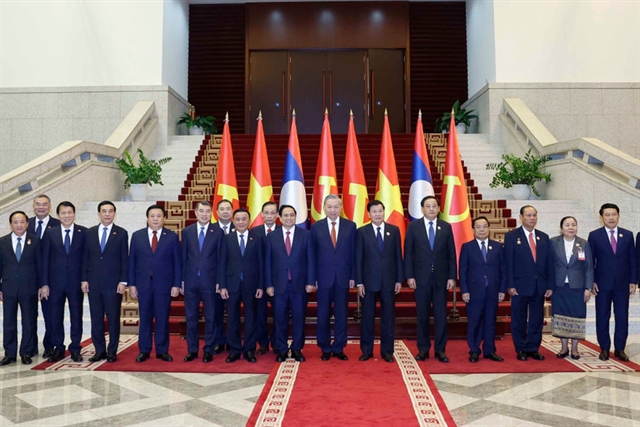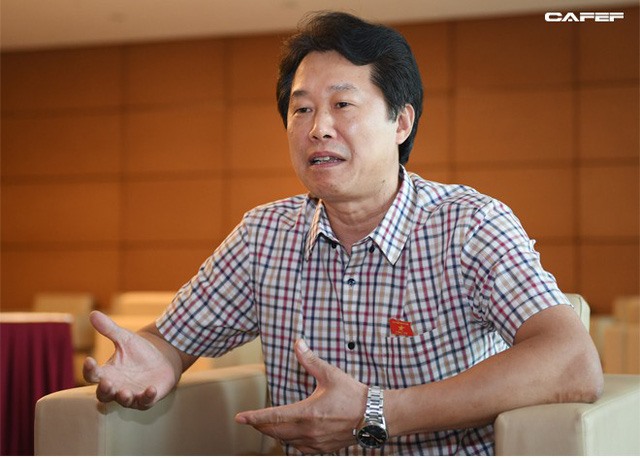 Opinion
Opinion

Đinh Văn Nhã, Vice Chairman of the National Assembly Committee for Finance and Budgetary Affairs, talks to the Việt Nam News Agency about his concern over the ineffectiveness of using the State budget in many localities.
 |
| Đinh Văn Nhã . — Photo cafef.vn |
Đinh Văn Nhã, Vice Chairman of the National Assembly Committee for Finance and Budgetary Affairs, talks to the Việt Nam News Agency about his concern over the ineffectiveness of using the State budget in many localities.
In your opinion, what are the main causes leading to several public investment projects overspending on their budget allocation?
This has become a common phenomenon in many localities. For quite a few projects, in the initial designing period, their project scales are modest to help the project management board to easily balance the project’s budget. Then following a period of implementation, the management board realises the imperative need to increase their project’s funding, generally including their budget for technical components.
The second reason why many public investment projects have to re-adjust their budget is due to the difficulties they’re facing while balancing their available resources. However, following their calculations, especially after receiving additional funds from various sources, many localities re-adjust their project scope and scale. As a result, the project’s total investment increases considerably compared to its initial plan.
The overall funding of several projects has changed considerably. This has made some people worry about the transparency of the project. How do you respond to their concerns?
In my opinion, most projects re-adjusted their total investment in different phases of the projects, particularly those having their life cycle last at least five years or more, rather than in projects with a 2-3 year life span.
In many localities, the funding for a project is transferred from the previous year to the following year. Do you think such budget transfer will have a negative impact on the budget management?
Such a thing happens in other countries too. The 2002 or 2005 State budget laws have allowed the transfer of budget from the previous year to the following year.
Under the present Law on Public Investment, if the budget allocated to a project in 2017 was not all spent, the remaining sum could be transferred to the next fiscal year. However, in my own opinion, any sum of public budget which has been allocated for a certain period of time it should be used in that period of time. This is because it will become a motivator to develop the project in that fiscal year rather than transfer it to the following year. Further more, if the State budget is often transferred from one year to another, it will have negative impacts on the development objectives of the current year.
To my understanding, in the upcoming revision of the Law of Public Investment, legal requirements in development investment capital will be stricter. For example, local budgets for social security or for national target programs which are closely associated to the people’s livelihood will be allocated right in the early months of the year, not until the end of the year as at present.
In addition, we will focus on post check rather than the pre-check, as is the current practice nowadays.
In your opinion, what are the main stumbling bocks delaying the disbursement of the public investment fund, and can they best be solved?
According to some people, one of the reasons is the tight regulations of the Public Investment Law. But, for me, the key stumbling bloc is not the Public Investment Law, but others, including the issue of land clearance in many projects. In reality, local authorities came up with their suggestion that the land compensation price was too low. But actually, in real life it sky rocketed, as a result, many local authorities were not able to balance their budget to pay for the land compensation.
The other reason is that a blueprint for a project design in our country is often subjected to several changes. This has led to prolonged waiting times for project implementation.
Last but not least, it is our country’s climate. That’s why, during the course of budget allocation for construction, we have to take into consideration the climate condition of each region or else we will face the problem of slow budget disbursement. — VNS




